Ioannis Tolios
Gender mobility in the labor market with skills-based matching models
Jul 17, 2023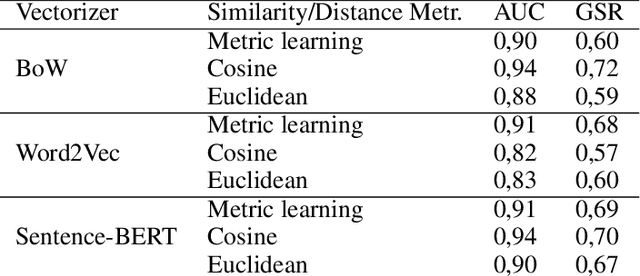

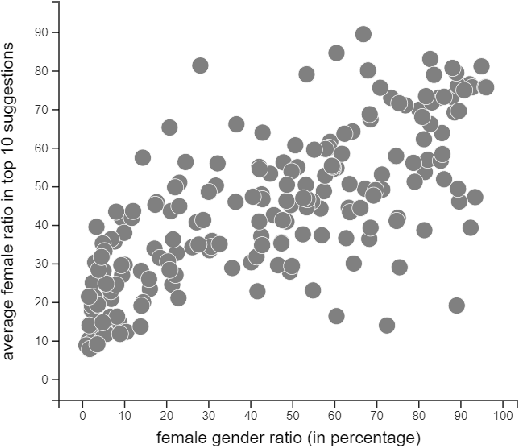
Abstract:Skills-based matching promises mobility of workers between different sectors and occupations in the labor market. In this case, job seekers can look for jobs they do not yet have experience in, but for which they do have relevant skills. Currently, there are multiple occupations with a skewed gender distribution. For skills-based matching, it is unclear if and how a shift in the gender distribution, which we call gender mobility, between occupations will be effected. It is expected that the skills-based matching approach will likely be data-driven, including computational language models and supervised learning methods. This work, first, shows the presence of gender segregation in language model-based skills representation of occupations. Second, we assess the use of these representations in a potential application based on simulated data, and show that the gender segregation is propagated by various data-driven skills-based matching models.These models are based on different language representations (bag of words, word2vec, and BERT), and distance metrics (static and machine learning-based). Accordingly, we show how skills-based matching approaches can be evaluated and compared on matching performance as well as on the risk of gender segregation. Making the gender segregation bias of models more explicit can help in generating healthy trust in the use of these models in practice.
Adversarial Patch Camouflage against Aerial Detection
Aug 31, 2020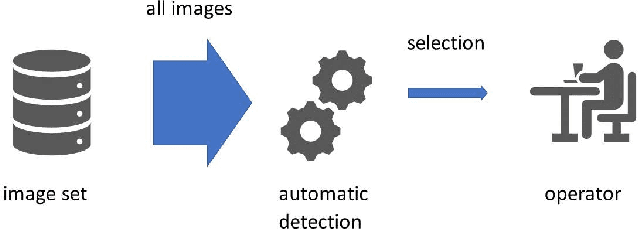
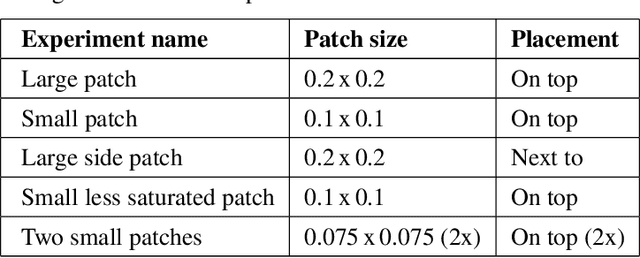
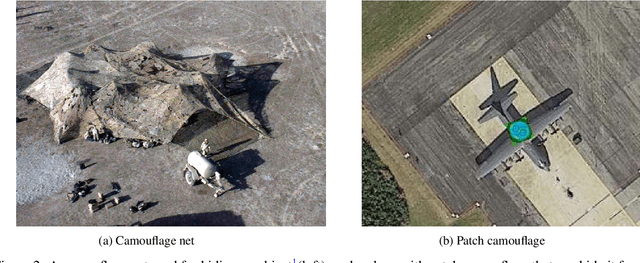
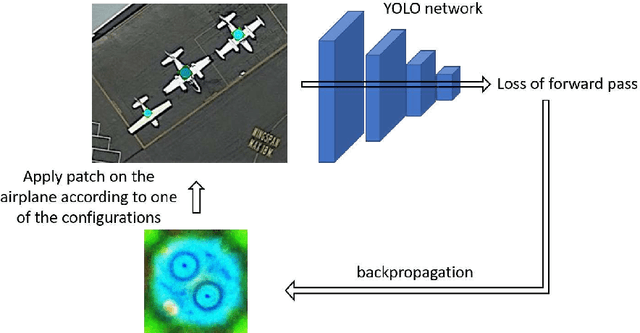
Abstract:Detection of military assets on the ground can be performed by applying deep learning-based object detectors on drone surveillance footage. The traditional way of hiding military assets from sight is camouflage, for example by using camouflage nets. However, large assets like planes or vessels are difficult to conceal by means of traditional camouflage nets. An alternative type of camouflage is the direct misleading of automatic object detectors. Recently, it has been observed that small adversarial changes applied to images of the object can produce erroneous output by deep learning-based detectors. In particular, adversarial attacks have been successfully demonstrated to prohibit person detections in images, requiring a patch with a specific pattern held up in front of the person, thereby essentially camouflaging the person for the detector. Research into this type of patch attacks is still limited and several questions related to the optimal patch configuration remain open. This work makes two contributions. First, we apply patch-based adversarial attacks for the use case of unmanned aerial surveillance, where the patch is laid on top of large military assets, camouflaging them from automatic detectors running over the imagery. The patch can prevent automatic detection of the whole object while only covering a small part of it. Second, we perform several experiments with different patch configurations, varying their size, position, number and saliency. Our results show that adversarial patch attacks form a realistic alternative to traditional camouflage activities, and should therefore be considered in the automated analysis of aerial surveillance imagery.
 Add to Chrome
Add to Chrome Add to Firefox
Add to Firefox Add to Edge
Add to Edge